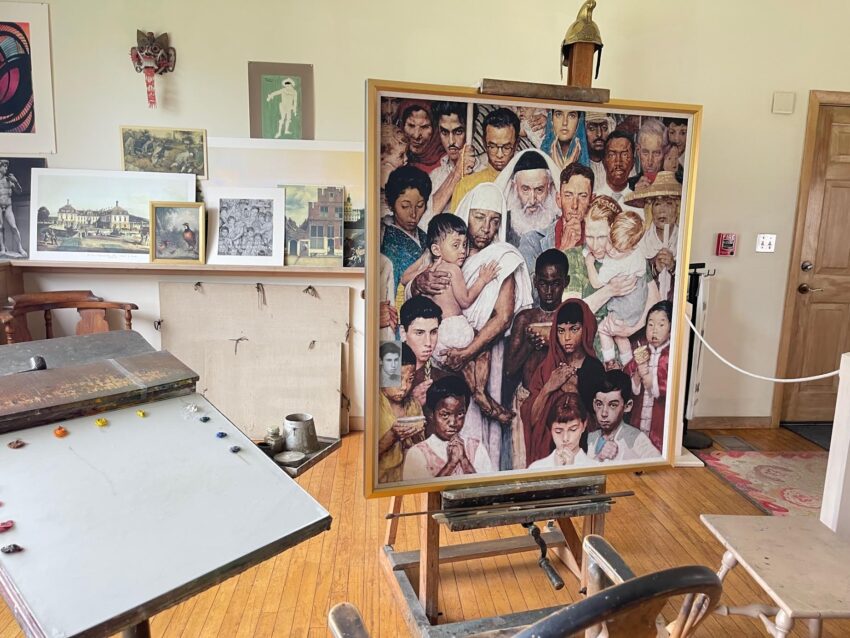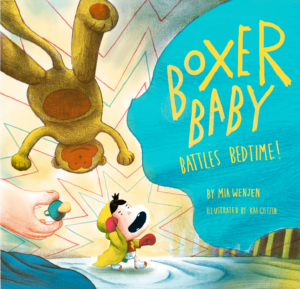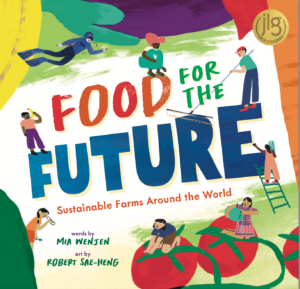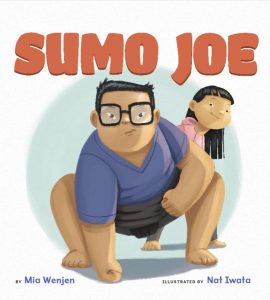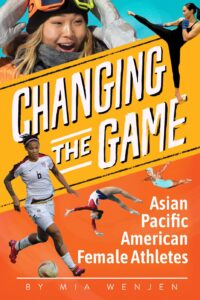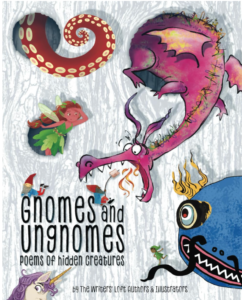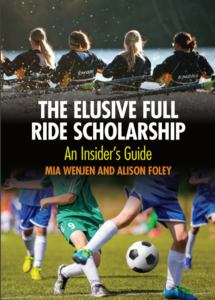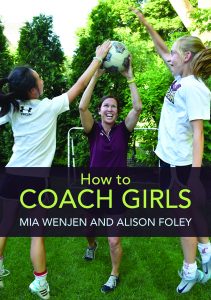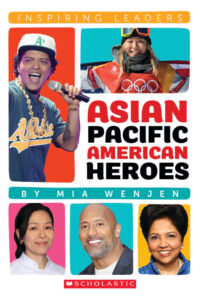How do you illustrate race? It’s a complicated question. How do you illustrate Latinx, for example without putting them in ethnic costumes? What about Asians? How do you depict their eyes? I noticed this challenge years ago when I ran the Read Your World celebrating Multicultural Children’s Book Day Instagram account and wanted to highlight illustrations of children of color.
Illustrating Race Exhibit at the Norman Rockwell Museum in the Berkshires, tackles this topic. Some of the most famous illustrations depicting race were on display. I hope you enjoy my video.
Norman Rockwell himself spent years creating an illustration that depicted a diverse group of people. I don’t think there are easy answers to illustrating diversity but I am encouraged to see that this is more widely reflected in children’s books.
How about you? What are your favorite children’s books that depict diversity through the illustrations? I think my first experience is Mother Goose illustrated by Gyu Fujikawa, a book I still have in my library!
p.s. Related posts:
Visiting Norman Rockwell’s Studio
Are Slant Eyes Racist? Portraying Asians in Children’s Books
Racism in Children’s Books: Asian Slant Eyes
Multicultural Children’s Book Day NEW Classroom Kit on Structural Racism!
Creating a Diverse & Inclusive Family Library at Tough Talk Tuesday
To examine any book more closely at Indiebound or Amazon, please click on image of book.
As an Amazon and IndieBound Associate, I earn from qualifying purchases.
Follow PragmaticMom’s board Multicultural Books for Kids on Pinterest.
Follow PragmaticMom’s board Children’s Book Activities on Pinterest.
My books:
Food for the Future: Sustainable Farms Around the World
- Junior Library Guild Gold selection
- Selected as one of 100 Outstanding Picture Books of 2023 by dPICTUS and featured at the Bologna Children’s Book Fair
- Starred review from School Library Journal
- Chicago Library’s Best of the Best
- Imagination Soup’s 35 Best Nonfiction Books of 2023 for Kids
Amazon / Barefoot Books / Signed or Inscribed by Me

